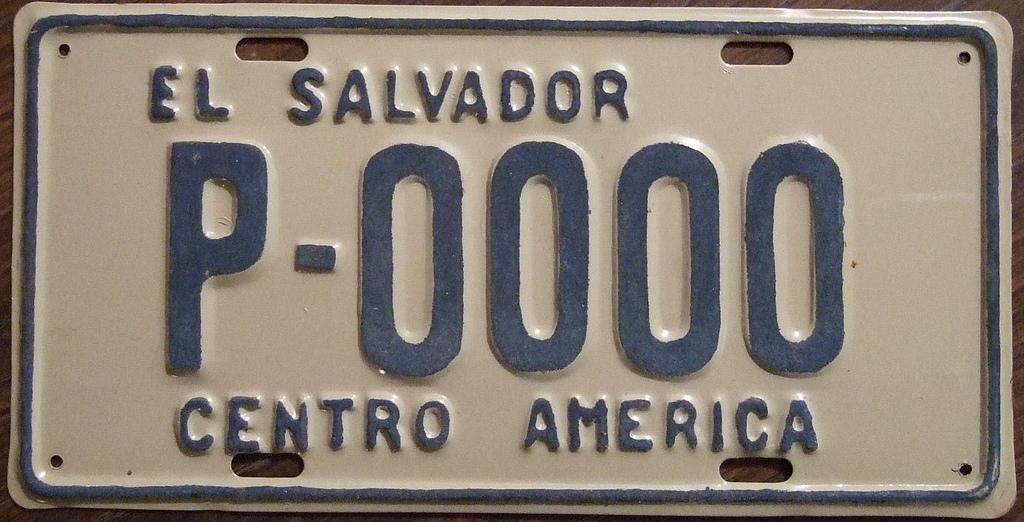|
The Breadcrumbs widget will appear here on the published site.
La Cocina SalvadoreñaTo some, the stretch of Glebe Road just before Route 50 in Arlington, Virginia may look like nothing more but a smattering of rundown buildings with faded signs and touches of neon. Perhaps the bricks and concrete blocks ought to be re-painted or at least power-washed. Maybe the dated dark green awnings should go. Or maybe most of the drivers zipping past have no opinion about the businesses. The center blends into the landscape and this is Northern Virginia, the inner suburbs of Washington, D.C., where the pace makes Speedy Gonzales look like a slowpoke.
But to those who do actually think about this shopping center, it may represent a culinary destination, especially for the Washington Post darling, Ravi Kabob House. To me personally, this shopping center on the fringe of Arlington's Ballston neighborhood does bring food to mind and food reminds me, like many Latinas, of home. The sight of more than one Salvadorian restaurant in an American strip mall, after all, is not a common one. The presence of two or more of something normalizes it. And everyone wants to fit in, at least if fitting means being allowed to be who you are with no negative consequences. Ordering a pupusa or an horchata with nobody looking twice at me is a comfort. When I was growing up, my classmates did not recognize the pupusas my mother packed me for lunch—seemingly no matter how many times I explained to them that this dish was simply a thick tortilla stuffed with anything from cheese to pork to beans to loroco, a vine with edible white flowers. But they did not want to understand and picked on me because I was the only one in my grade with a Salvadorian mother. The only others in the school? My younger sisters, one a grade below me and the other three grades below me. Though our father was American, you wouldn't have guessed it by our school lunches. We weren't known to just have a PB&J, a bag of Lays chips, a pack of Gushers, and a Capri Sun pouch like most kids. This made fitting in hard. I'll never forget the scrunched up troll face my first grade classmate Lizzie made when I opened up my Tupperware container to reveal a fried egg floating on top of rice and beans. I probably shrugged, ignored her, and ate my lunch anyway. It was either that or deny myself something I liked and starve. I have never been an immigrant, but I have been the child of an immigrant and have had many friends who were either immigrants themselves or children of immigrants. Some of these friends have been Hispanic—whether Bolivian, Mexican, Colombian, or Spanish—while others have been Asian or Middle Eastern. Something that seems to unite all immigrant communities is food. When you miss your home country, food from the place you love can distract you from homesickness. When you've grown up in the U.S., eating the food your parents grew up with in their country can connect you to their culture, their past, and your shared heritage. When I drink guava nectar, I imagine my mother as a little girl doing the same, but instead of her sitting at a table in Virginia, she's sitting at a table in El Salvador, where fresh fruit abounds, and I'm not just talking apples and oranges. Even if it meant not fitting in at times, I'm glad Pollo Campero had a bigger presence in my childhood than KFC. CommentsComments are closed.
|
|








